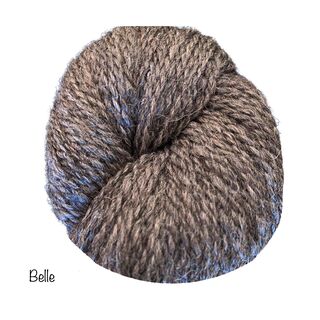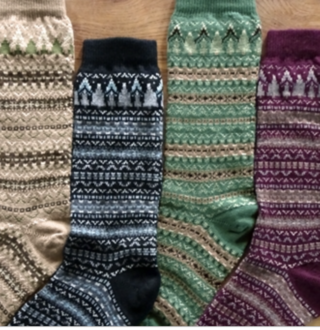Alpaca FAQs
Alpaca FAQs
- Can you have just one alpaca? Alpacas are herd animals and do not like to be alone without other alpacas around. Given that they are prey animals, their best chances for survival is always within the herd.
- Is there more than one kind of alpacas? There are two breeds of alpacas:
- Huacaya, pronounced Hwa-KI-ah
- They have dense, curly fleece
- Look like a teddy-bear
- Evoke the response, “They’re so cute”
- Suri, pronounced SOO-ree
- They have silky, lustrous fleece
- Fleece hangs like dreadlocks
- Huacaya, pronounced Hwa-KI-ah
- How long do alpacas live? Alpaca lifespan is 15-20 years
- Are alpacas a new kind of livestock? Alpacas have been raised as livestock for thousands of years in South America.
- What are camelids? Camelids are mammals of the Camelidae family which includes alpacas, llamas, vicuñas, guanacos, Bactrian camels (2 humps) and Dromedary camels (1 hump).
- Do alpacas spit? All camelids have the ability to spit, including the “cute and cuddly looking” alpaca. They use spitting as a way to express themselves within the herd, and sometimes as a warning to human handlers.
- Do alpacas kick? Alpacas kick their back legs as a reflex when their hind quarters are touched, which they do not like.
- What kind of personality do alpacas have? Each alpaca has its own personality, with a disposition similar to domestic cats. Some do not mind being touched, but more often they can be aloof. As they get to know you they may become more approachable.
- What do alpacas eat? Alpacas eat grass or hay, along with feeds and mineral mixes that are available through local feed stores.
- Does it take a lot of time to clean up after alpacas? Alpacas often defecate in communal dung piles, making cleanup easier than for most livestock.
- Can alpacas be trained? Alpacas are smart and inquisitive animals that can be trained to accept a halter and walk on a leash.
- Is alpaca fiber wool? Alpaca fleece is referred to as "fleece" or "fiber," or occasionally as "alpaca wool."
- What are the natural colors of alpaca fiber? Alpaca fleece has a variety of natural colors: White, beige, shades of fawn, black, brown, grey. In these, there are 16 official colors.
- What makes alpaca fiber so special? Alpaca fleece is noted for its softness, fineness and luster. It is lightweight and durable, and has excellent thermal qualities. And because it does not contain lanolin, unlike sheep’s wool, it does not irritate the skin.
- Why is alpaca more expensive than sheep’s wool? Rarity is what drives the price up. There are 265,126 registered alpacas in the United States as of July 13, 2022, according to the Alpaca Owners Association. There are 5.07 million sheep in the USA as of January 1, 2022 according to USDA’s National Agricultural Statistics Service. The number of alpacas is .053% of the number of sheep in the USA.
- Can I have an alpaca as a pet? If you think you would like to have an alpaca as a pet, you will need to think in terms of having at least two alpacas as companions to each other. One alpaca, by itself, is a very lonely creature without the herd.
- What’s the difference between alpacas and llamas?
- Alpacas weigh 100-200 pounds; llamas weigh 250-450 pounds.
- Alpacas stand about 34-36 inches high at the withers (shoulders); llamas stand about 42-46 inches high at the withers.
- Alpaca ears are short and spear like; llama ears are longer and banana shaped.
- Alpacas are herd animals and can be skittish; llamas tend to be more independent.
- Alpacas are bred for their fiber, however, in South America they are also raised for their meat. Llamas are bred primarily as pack animals, and in some places also for their meat.
- Alpaca back structure lacks the bone and muscle structure necessary for carrying a pack, whereas the llama’s back is longer in length and stronger in bone and muscle so is able to be used as a pack animal.
Breeding Alpacas
- Alpacas do not ovulate cyclically or during a particular season, but rather by “induced ovulation” which occurs in the female alpaca (dam) due to an external stimulus, such as meeting a male alpaca (sire), or during the physical act of stimulation or coitus.
- The average gestation for alpacas is 11.5 months.
- A dam can carry only one baby per pregnancy. Twins are rare since most die due to miscarriage or other complications.
- The baby alpaca (cria) typically weighs 12-18 pounds when born, and is usually walking within 15 minutes of birth.
- Most alpacas are weaned at four to seven months of age.
Saturday, July 16, 2022




